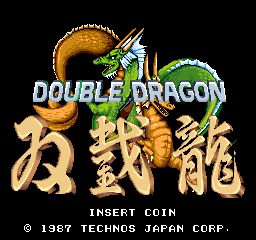Double Dragon (Japan set 1)
Game Information
| manufacturer | Technos Japan |
| year | 1987 |
| clone of | ddragon |
| other clones | ddragon6809 ddragon6809a ddragona ddragonbl ddragonbl2 ddragonbla ddragonj ddragonja ddragonm ddragonu ddragonua ddragonub |
| genre | Beat-'Em-Up |
| downloads | 249 |
Screenshots










Download Details
| split set | ddragonj.zip 42.05k |
| parent set | ddragon.zip 522.59k ↗ |
| standalone set | ddragonj.7z 441.36k |
Driver Details
| source | technos/ddragon.cpp |
| status | good |
| emulation | good |
| savestate | supported |
Series Details
Screen Details
| display | screen |
| type | raster |
| orientation | horizontal |
| width | 256px |
| height | 240px |
| refresh | 57.44mhz |
Input Details
| player | 1 |
| type | joy |
| buttons | 3 |
| directions | 8 |
| player | 2 |
| type | joy |
| buttons | 3 |
| directions | 8 |
Chipset Details
| name | Hitachi HD6309E |
| clock | 2.86mhz |
| name | Hitachi HD63701Y0 |
| clock | 5.72mhz |
| name | Motorola MC6809 |
| clock | 5.72mhz |
| name | Speaker |
| clock | N/A |
| name | YM2151 OPM |
| clock | 3.41mhz |
| name | OKI MSM5205 ADPCM |
| clock | 366.21khz |
| name | OKI MSM5205 ADPCM |
| clock | 366.21khz |
ROM Details
| name | size | crc |
|---|---|---|
| 21j-1-5.26 | 32.00k | 42045dfd |
| 21j-2-3.25 | 32.00k | 5779705e |
| 21j-3.24 | 32.00k | 3bdea613 |
| 21j-4-1.23 | 32.00k | 728f87b9 |
| 21jm-0.ic55 | 16.00k | f5232d03 |
| 21j-0-1 | 32.00k | 9efa95bb |
| 21j-5 | 32.00k | 7a8b8db4 |
| 21j-a | 64.00k | 574face3 |
| 21j-b | 64.00k | 40507a76 |
| 21j-c | 64.00k | bb0bc76f |
| 21j-d | 64.00k | cb4f231b |
| 21j-e | 64.00k | a0a0c261 |
| 21j-f | 64.00k | 6ba152f6 |
| 21j-g | 64.00k | 3220a0b6 |
| 21j-h | 64.00k | 65c7517d |
| 21j-8 | 64.00k | 7c435887 |
| 21j-9 | 64.00k | c6640aed |
| 21j-i | 64.00k | 5effb0a0 |
| 21j-j | 64.00k | 5fb42e7c |
| 21j-6 | 64.00k | 34755de3 |
| 21j-7 | 64.00k | 904de6f8 |
| 21j-k-0 | 256.00b | fdb130a9 |
| 21j-l-0 | 512.00b | 46339529 |